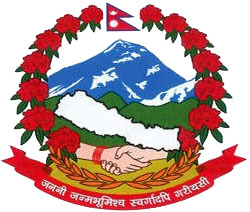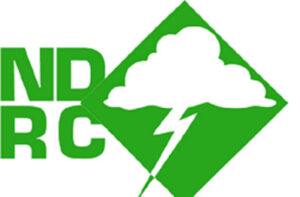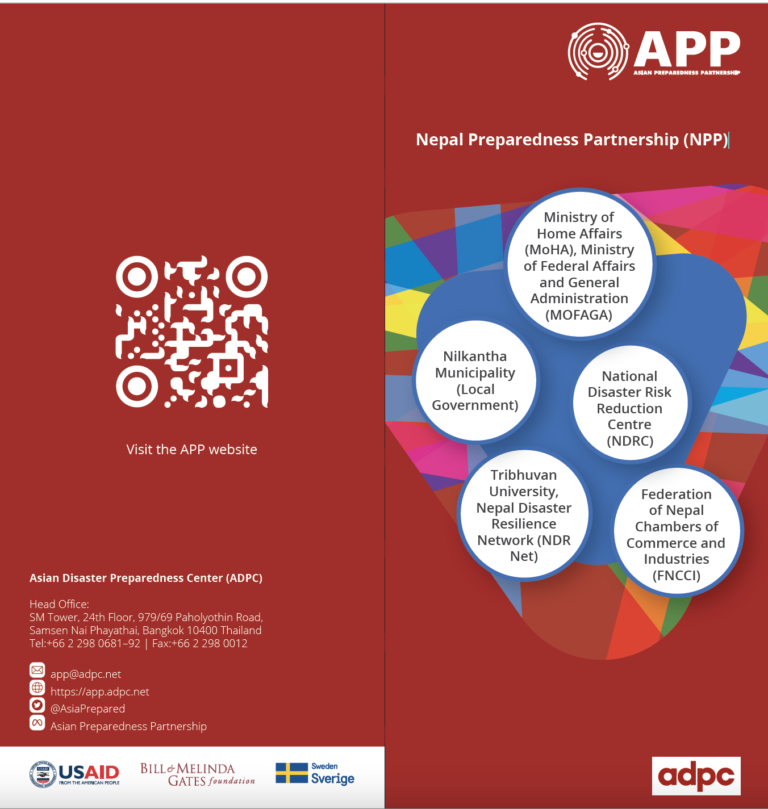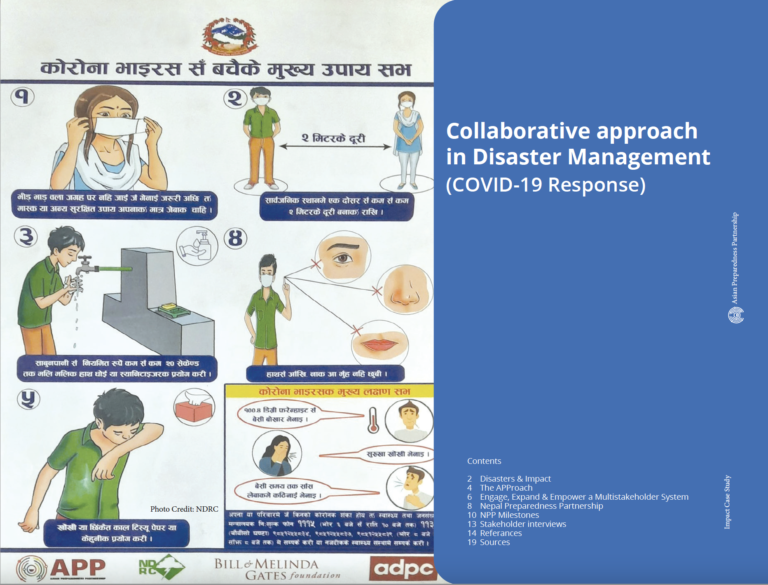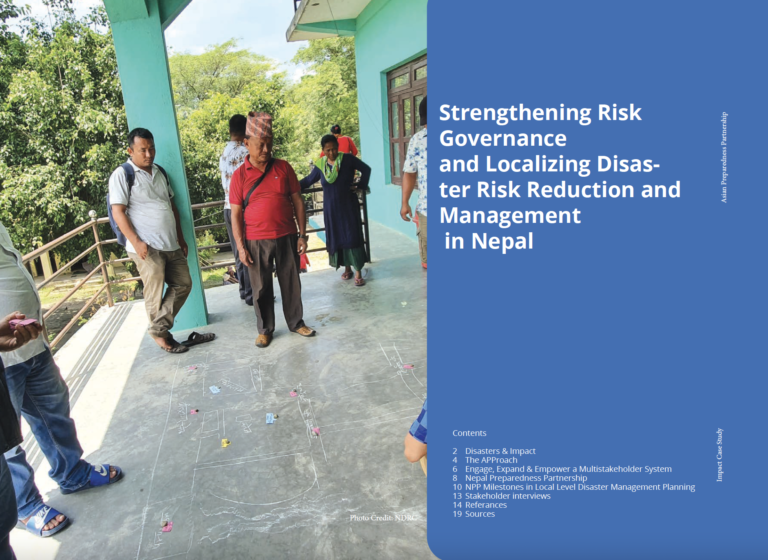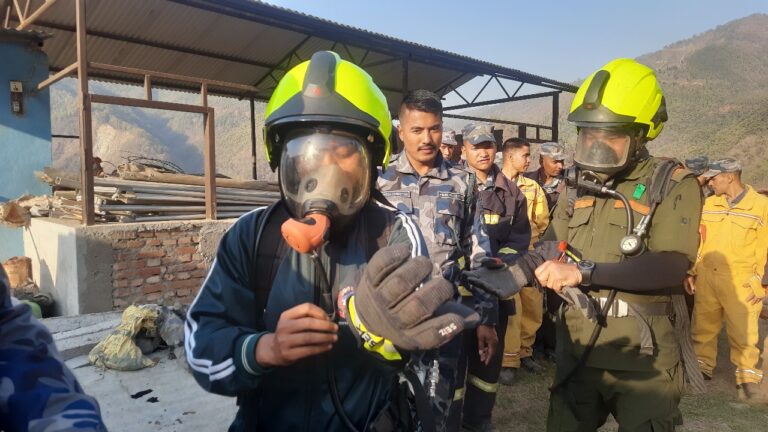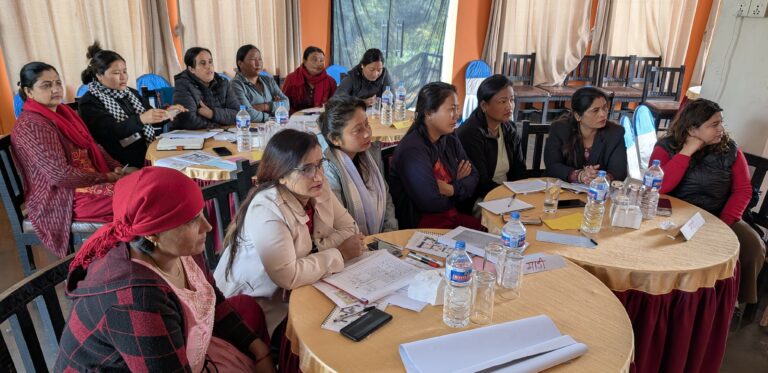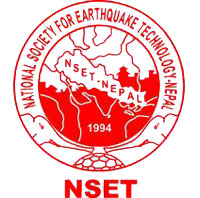


Nepal
Members of Nepal Preparedness Partnership (NPP)
NDRC Nepal was established in 2007. The organization focuses on disaster risk reduction (DRR), climate change adaptation (CCA), natural resource management, and contemporary socio-economic issues. Their activities in these areas include research projects, program implementation, and knowledge management. NDRC Nepal reaches 68 districts across the country.
FNCCI was established in 1961 to represent the interests of the private sector and is involved in the promotion of the socio-economic development of Nepal. It provides advisory services to stakeholders to implement business resilience training against disasters and administers the FNCCI Relief Fund.
